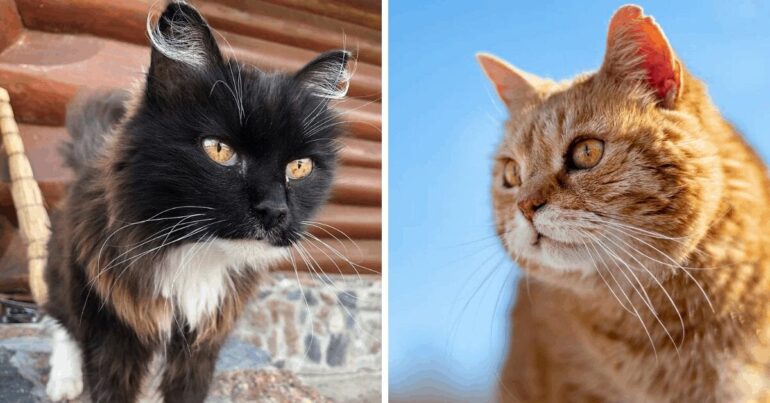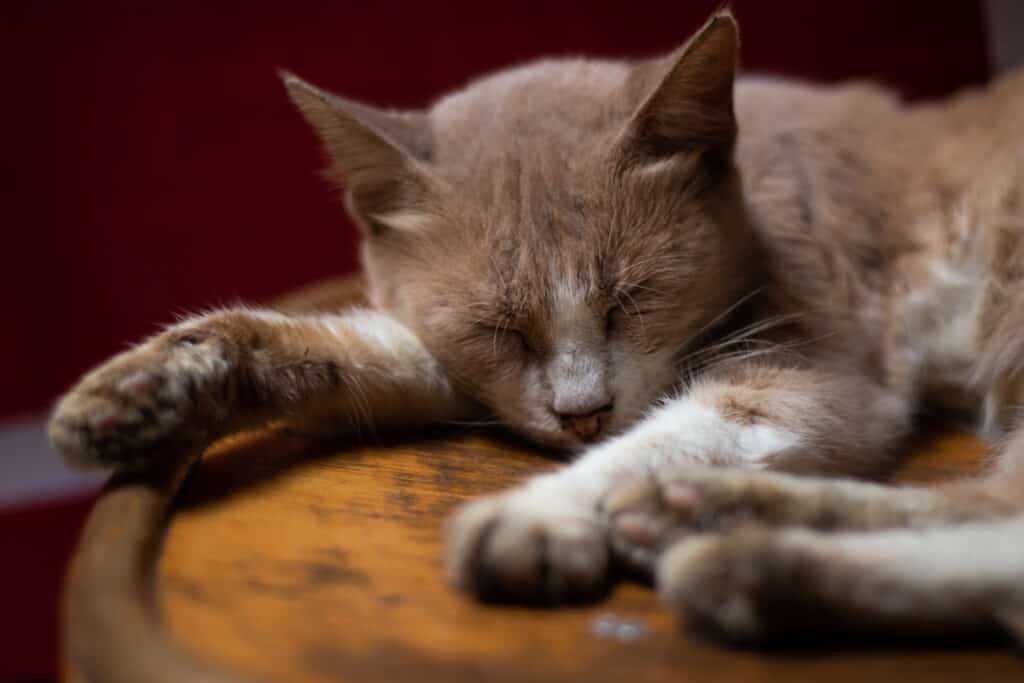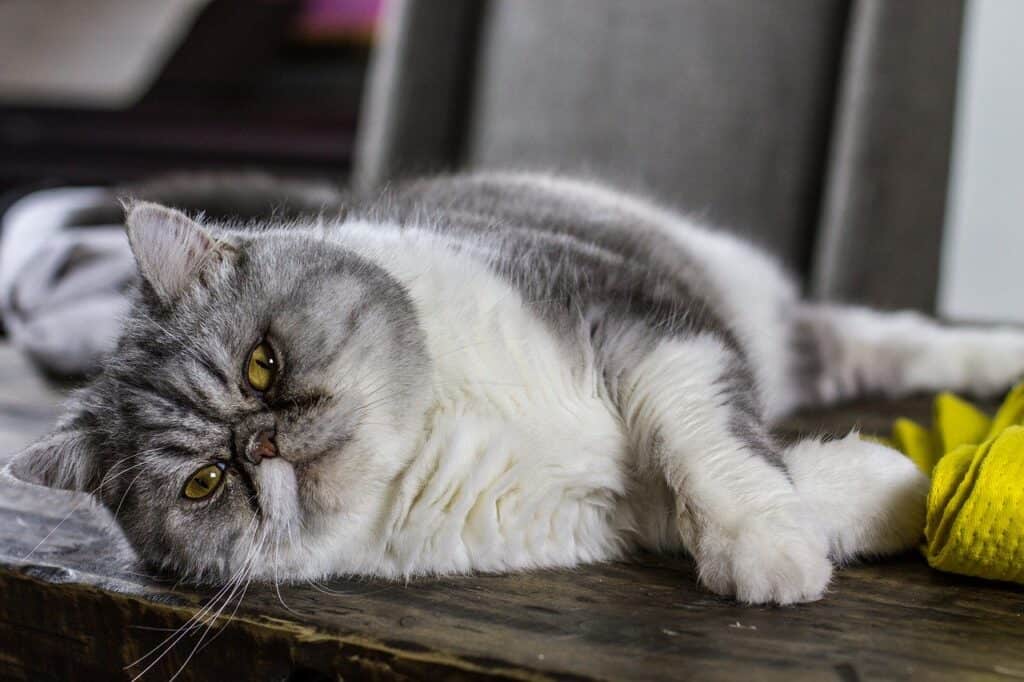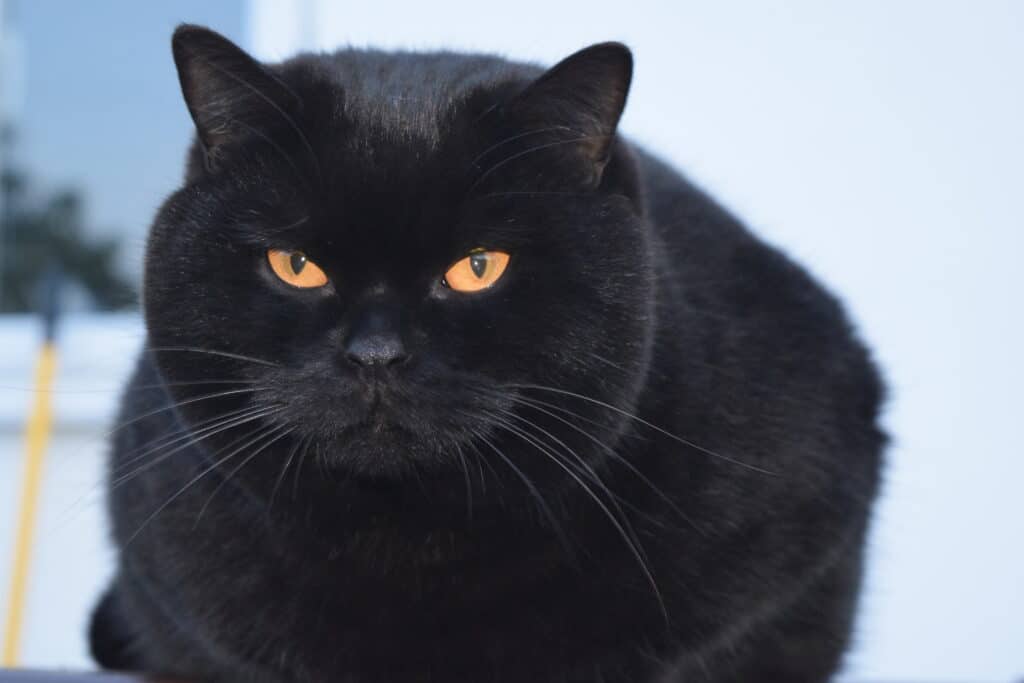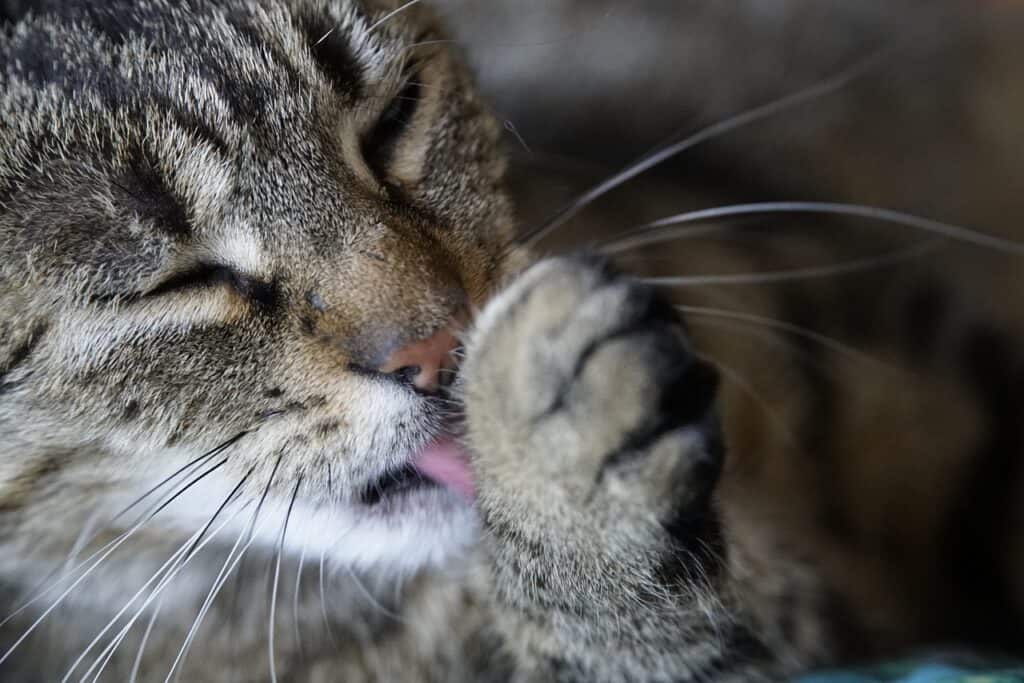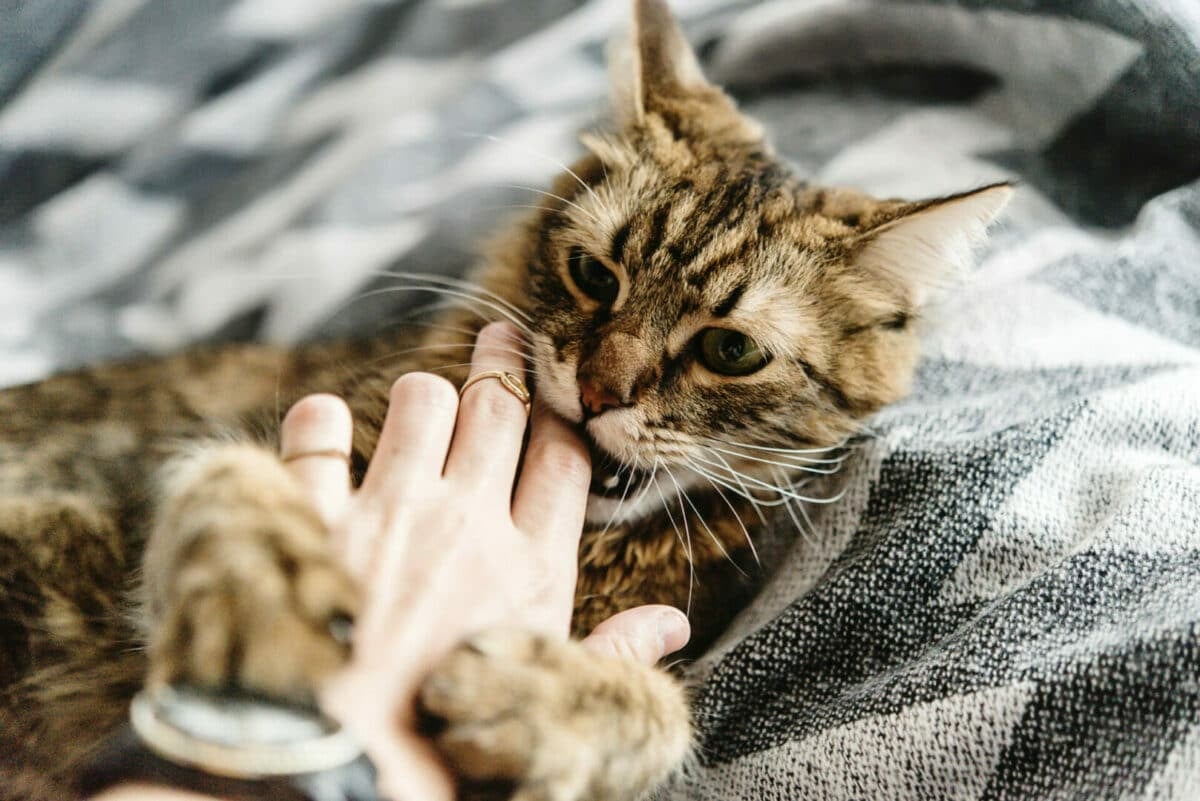Watching your senior cat approach their golden years of old age is a privilege that comes with a few extra responsibilities. It’s more important than ever to pay attention to your cat’s health and quality life. You need to recognize the difference between aging and illness and know when your cat needs your help.
If there’s a senior cat in your life, make sure you watch out for these signs and behavior. Some of them mean you need to schedule a vet visit, and others indicate a change in routine is in order. Keep reading to learn more.
1. Joint Pain
According to Preventative Vet, recent studies show around 30% of cats over the age of 8 have arthritis. Another study found that an alarming 9 out of 10 cats over the age of 12 have radiographic signs of joint damage. They might not show outward symptoms, but x-rays show joint degeneration is dangerously common as cats age.
Regardless of your cat’s outward appearance or behavior, arthritis needs to be on your radar. Look for behavioral signs of joint pain including stiffness and refusing to go up stairs or jump on furniture like they used to. If you notice any red flags, it’s time to see your vet.
2. Obesity
The best thing you can do to prevent joint pain is keep your cat at a healthy weight. Even one extra pound can put unnecessary strain on joints.
Besides arthritis, obesity is also linked to several other feline health issues that become more likely as a cat ages. It’s important to provide your senior kitty with a healthy diet to keep them at their ideal weight. Many pet food brands offer senior cat food that usually has lower levels of protein and fat and higher fiber. This can be helpful, but it’s best to talk to a vet about the most appropriate diet for your individual senior cat.
And while you’re researching nutrition, don’t forget that exercise is an essential part of maintaining a healthy weight. Your senior cat might not be as playful as they used to be, but it’s still important for them to burn calories through light exercise.
3. Boredom
Not only will exercise help your cat stay sleek and trim, it will also help alleviate their boredom. By the time a cat reaches their senior years, they’re usually content to snooze in sun spots and observe the household from a favorite perch. They can sleep for most of the day, but it’s still possible for them to get bored.
You want your cat to enjoy their senior years as much as possible. Relaxing on the couch is definitely part of that, but they’re never too old for mental and physical stimulation. Make sure your cat lives a full life by providing opportunities to interact with family members, play with toys, watch birds on YouTube, and do whatever else they want to stave off boredom.
4. Cognitive Decline
Providing your senior cat with mental stimulation will also help prevent cognitive decline. As cats age, the risk of brain cell atrophy increases. This means that like humans, cats can suffer from cognitive dysfunction and disorders that negatively affect their quality of life. This age-related symptom is often natural, but it can also be severe to the point it resembles Alzheimer’s disease and senile dementia in humans.
Cats with cognitive decline usually show outward signs including confusion, unexplained mood swings, and aggression. A cat might walk into a familiar room and suddenly start crying because they feel lost. They could also stare at a blank wall for an extended period of time, refuse food and water, or adapt an altered sleep schedule.
Mental stimulation including puzzle toys can help strengthen a cat’s mind and forestall cognitive decline. If you’ve already noticed something different, talk to your vet.
5. Skin and Coat Health
It’s not unusual for a cat’s fur coat to change as they age. Sometimes their fur can change color by becoming more gray in certain areas, especially around their face. It may also start to become thinner and can lose some of its shine. It’s all part of the aging process, but you want to make sure it’s not symptoms of a nutrient deficiency. Hair loss, bald spots, and an especially dull coat could be a symptom of illness.
You might also need to help your cat with their usual grooming habits. Stiff joints can prevent some senior cats from grooming themselves like they used to, so they’ll need you to pick up the slack.
6. Kidney Problems
According to Pet Health Network, chronic kidney disease affects about 3 in 10 senior cats. It’s a progressive disease that can start off with no noticeable symptoms and get worse if the cat doesn’t receive treatment. The best thing you can do for your cat is be on the lookout for early signs and know when they need veterinary help.
Frequent urination and excessive thirst are two main things to watch out for. Bad breath with an ammonia-like odor along with vomiting, diarrhea, or cloudy urine are also red flags.
Dehydration can be a contributing factor to kidney disease, and it’s important to provide senior cats with easy access to clean water. Consider adding more water stations throughout the house so your kitty doesn’t have to travel far for a drink. And remember that stiff joints can prevent a cat from climbing stairs or jumping, so make sure the water dishes are easy to get to.
7. Dental Disease
Like humans, cats often experience more serious dental issues as they age. Gum disease, broken teeth, and tooth decay are common, and so are oral tumors and mouth infections. All of these issues can send bacteria into the bloodstream and cause other serious health issues. Not to mention, they’re painful and can prevent your cat from eating.
If your cat doesn’t mind, try to inspect their mouths on a regular basis. Look for anything that doesn’t belong or looks unusual. A routine dental appointment with a vet has potential to prevent serious issues and improve your cat’s quality of life.
Your senior cat has a lot of life left to live. Make sure that time is spent in the best way possible by paying close attention to their health and well-being.

